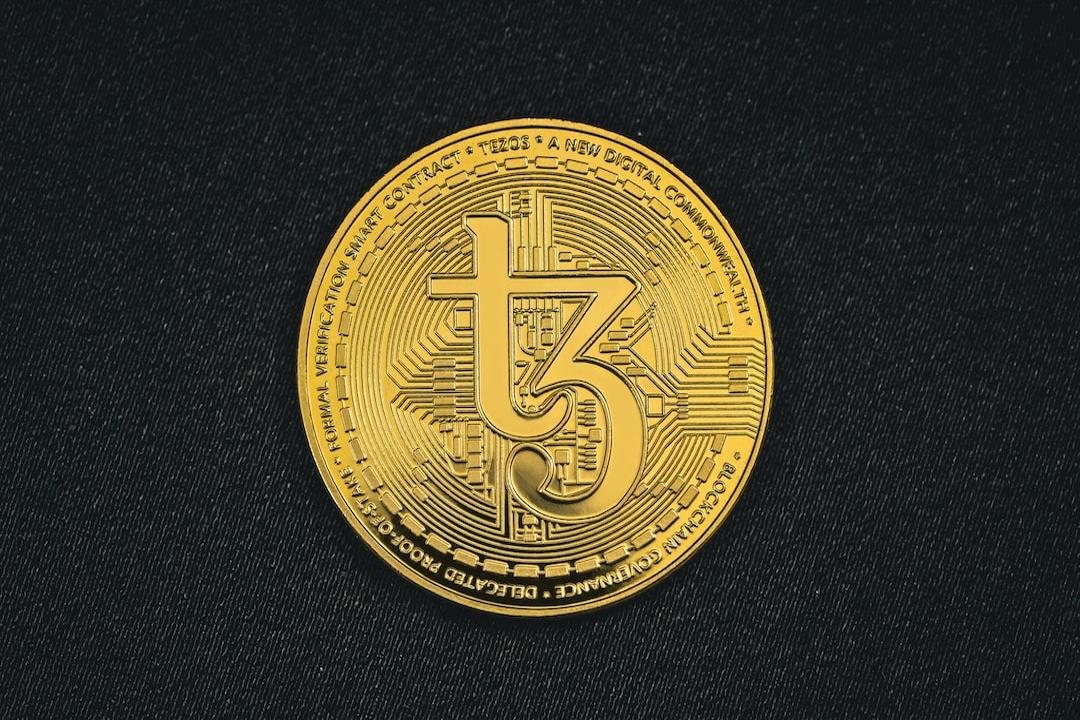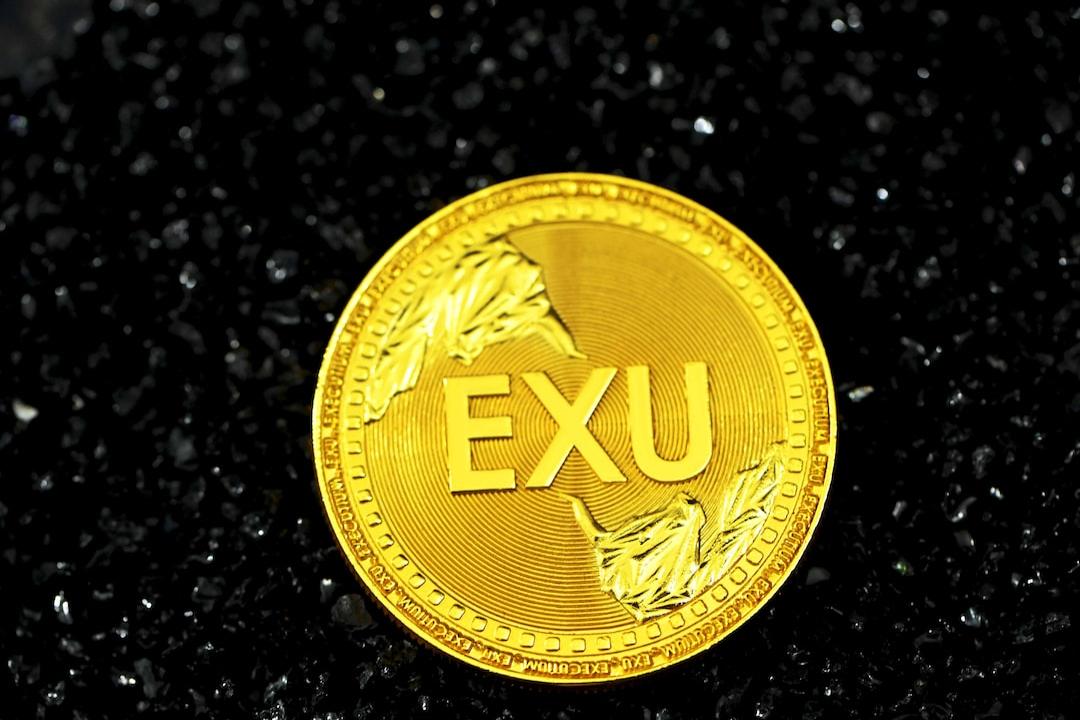Circle Announces the Launch of Its Own Blockchain, Arc
On August 12, the same day it released its first financial report since going public, Circle dropped a bombshell: Arc, a Layer 1 blockchain designed specifically for stablecoin finance.

If you only look at the news headline, you might think this is just another ordinary public chain story. But when you interpret it in light of Circle’s trajectory over the past seven years, you will find:
This is not a public chain; it is a territorial declaration regarding a “digital central bank.” Traditionally, central banks have three main functions: issuing currency, managing payment and settlement systems, and formulating monetary policy. Circle is gradually completing a digital version of this process—first obtaining “minting rights” with USDC, then building a settlement system with Arc, and perhaps the next step will be the formulation of digital currency policy. This is not just about one company, but rather about the redistribution of monetary power in the digital age.
Circle’s Central Bank Evolution Theory
In September 2018, when Circle and Coinbase jointly launched USDC, the stablecoin market was still dominated by Tether. Circle chose a path that seemed “clumsy” at the time: extreme compliance. First, it proactively faced the most stringent regulatory hurdles, becoming one of the first companies to obtain a BitLicense from New York. This license is deemed “the hardest crypto license in the world,” and its application process has deterred many companies. Second, it did not choose to fight alone but teamed up with Coinbase to form the Centre alliance—sharing regulatory risks while gaining immediate access to Coinbase’s vast user base, allowing USDC to stand on the shoulders of giants from the very beginning. Third, it maximized the transparency of its reserves: publishing monthly reserve audit reports from accounting firms to ensure that 100% of the reserves consist of cash and short-term U.S. Treasury bonds, avoiding commercial paper or high-risk assets. This “honor roll” approach was not well-received in the early days—during the wild growth period from 2018 to 2020, USDC was criticized for being “too centralized” and grew slowly.
The turning point occurred in 2020. The explosive demand for stablecoins during the summer of DeFi led to a surge in interest, and more importantly, institutional players such as hedge funds, market makers, and payment companies began to enter the arena, finally showcasing USDC’s compliance advantages. From a circulation of $1 billion to $42 billion, and now to $65 billion, USDC’s growth curve has been almost vertical. But merely functioning as a “money printer” was not enough.
In March 2023, Silicon Valley Bank collapsed, and Circle had $3.3 billion in reserves at the bank; USDC temporarily de-pegged to $0.87, causing panic to spread rapidly. The result of this “stress test” was that the U.S. government, in light of systemic risk prevention, ultimately provided full guarantees for all Silicon Valley Bank depositors. Although it was not a rescue specifically for Circle, this event made Circle realize that merely being an issuer was insufficient; it needed to control more infrastructure to truly dictate its own fate. What truly triggered this sense of control was the dissolution of the Centre alliance. This event exposed Circle’s dilemma of “being a bride for someone else.”
In August 2023, Circle and Coinbase announced the dissolution of the Centre alliance, and Circle fully took over control of USDC. On the surface, this seemed like Circle gaining independence; however, the cost was heavy, as Coinbase retained a 50% revenue share from USDC’s reserve income. What does this represent? In 2024, Coinbase generated $910 million in revenue from USDC, a 33% year-on-year increase. Meanwhile, Circle paid over $1 billion in distribution costs in the same year, most of which flowed to Coinbase.

In other words, half of the profits from USDC, which Circle worked hard to grow, must be shared with Coinbase. This is akin to a central bank printing money but having to hand over half of the seigniorage to commercial banks. Additionally, the rise of TRON has made Circle aware of new profit models.
In 2024, TRON processed $54.6 trillion in USDT transactions, averaging over 2 million transfers per day, earning substantial transaction fee revenue just by providing transfer infrastructure, a more upstream and stable profit model than issuing stablecoins. Particularly under expectations of interest rate cuts by the Federal Reserve, traditional stablecoin interest income will face contraction, while infrastructure transaction fees can maintain relatively stable growth. This also served as a warning to Circle: whoever controls the infrastructure can continue to collect taxes.
As a result, Circle began its transformation toward building infrastructure, expanding its layout in multiple areas: Circle Mint allows enterprise clients to mint and redeem USDC directly; CCTP (Cross-Chain Transfer Protocol) enables native transfers of USDC across different blockchains; Circle APIs provide enterprises with a comprehensive stablecoin integration solution. By 2024, Circle’s revenue reached $1.68 billion, and the revenue structure began to shift—besides traditional reserve interest, an increasing portion came from API usage fees, cross-chain service fees, and enterprise service fees.
This transformation was confirmed in Circle’s recently announced financial report: data showed that Circle’s subscription and service revenue reached $24 million in the second quarter of this year, although it only accounted for about 3.6% of total revenue (with the bulk still being interest from USDC reserves), it experienced a rapid year-on-year increase of 252% compared to last year.

The business model has shifted from a single focus on printing money for interest to a diversified “rental” business, providing greater control over its business model. The launch of Arc is the highlight of this transformation. This is a blockchain tailor-made for the stablecoin (USDC): USDC serves as the native gas, eliminating the need to hold ETH or other volatile tokens; an institutional-grade quote request system supports 24/7 on-chain settlement; transaction confirmation takes less than a second, providing enterprises with options for balance and transaction privacy to meet compliance needs. These features are more like a technological declaration of monetary sovereignty. Arc is open to all developers, but the rules are set by Circle.
Thus, from Centre to Arc, Circle has completed a three-level leap: the first leap: obtaining minting rights (USDC); the second leap: constructing financial pipelines (APIs, CCTP); the third leap: establishing sovereign territory (Arc). This path almost reproduces the historical evolution of central banks in the digital world: from private banks issuing banknotes, to monopolizing currency issuance, and then to managing the entire financial system—only Circle is moving at a faster pace. And this “digital central bank dream” is not the only dream being pursued.
Similar Ambitions, Different Paths
In the stablecoin landscape of 2025, several major players share a “central bank dream,” but their paths are different. Circle has chosen the most challenging but potentially the most valuable path: USDC → Arc blockchain → complete financial ecosystem. Circle is not satisfied with merely being a stablecoin issuer; it aims to control the entire value chain—from currency issuance to settlement systems, from payment rails to financial applications. The design of Arc is filled with “central bank thinking”: first, monetary policy tools, with USDC as the native gas, allowing Circle to have a regulatory capability similar to a “benchmark interest rate”; second, a clearing monopoly, with a built-in institutional-grade RFQ foreign exchange engine requiring on-chain foreign exchange settlements to pass through its mechanism; lastly, rule-making authority, as Circle retains control over protocol upgrades, deciding which features go live and which actions are permitted.

The most challenging aspect here is the migration of the ecosystem—how to persuade users and developers to leave Ethereum? Circle’s answer is not to migrate but to supplement. Arc is not intended to replace USDC on Ethereum, but rather to provide solutions for application scenarios that existing public chains cannot meet, such as enterprise payments requiring privacy, foreign exchange transactions needing instant settlement, and on-chain applications with predictable costs. This is a gamble. If successful, Circle will become the “Federal Reserve” of digital finance; if it fails, billions of dollars in investments may go down the drain.
PayPal’s approach is pragmatic and flexible. In 2023, PYUSD was first launched on Ethereum, then expanded to Solana in 2024, and launched on the Stellar network in 2025, recently even covering Arbitrum. PayPal has not built a dedicated public chain but has allowed PYUSD to flexibly spread across multiple available ecosystems, with each chain serving as a potential distribution channel. In the early stage of stablecoins, distribution channels were indeed more important than building infrastructure. When you have readily available options, why build it yourself? First, occupy user mindsets and usage scenarios, and consider infrastructure issues later, especially since PayPal itself has a network of 20 million merchants.
Tether acts as an unofficial “shadow central bank” in the crypto world. It intervenes little in the use of USDT; once issued, it circulates like cash, and how it flows is a market matter. Particularly in regions and application scenarios where regulation is ambiguous and KYC is challenging, USDT has become the only choice. Circle founder Paolo Ardoino once stated in an interview that USDT mainly serves emerging markets (like Latin America, Africa, Southeast Asia), helping local users bypass inefficient financial infrastructures, functioning more like an international stablecoin. With trading pairs on most exchanges being 3-5 times that of USDC, Tether has created a powerful liquidity network effect. The most interesting aspect is Tether’s attitude towards new chains. It does not proactively build but supports others’ constructions, such as backing stablecoin-specific chains like Plasma and Stable. This is akin to placing a bet, maintaining a presence in various ecosystems with minimal cost, waiting to see which one stands out.
In 2024, Tether’s profits exceeded $10 billion, surpassing many traditional banks; Tether did not use these profits to build its own chain but continued to buy government bonds and Bitcoin. Tether’s gamble is that as long as it maintains sufficient reserves and avoids systemic risk, inertia can keep USDT dominant in stablecoin circulation.
The three models outlined above represent three different judgments about the future of stablecoins. PayPal believes in the principle of “users are king.” With 20 million merchants, the technological infrastructure is secondary. This is a network mentality. Tether believes that “liquidity is king.” As long as USDT remains the base currency for trading, everything else is unimportant. This is an exchange mentality. Circle believes that “infrastructure is king.” Controlling the rails means controlling the future. This is a central bank mentality. The reasoning behind this choice might be captured in Circle CEO Jeremy Allaire’s congressional testimony: “The dollar is at a crossroads; monetary competition is now a technological competition.” Circle sees not just the stablecoin market but also the standard-setting authority for a digital dollar. If Arc succeeds, it could become the “Federal Reserve System” for the digital dollar. This vision is worth the risk.
2026: A Critical Time Window
The time window is narrowing. Regulation is advancing, competition is intensifying, and when Circle announced that Arc would launch its mainnet in 2026, the initial reaction from the crypto community was: it’s too slow. In an industry guided by the principle of “rapid iteration,” taking nearly a year to move from testnet to mainnet seems like a missed opportunity. However, if you understand Circle’s situation, you will find that this timing is quite decent. On June 17, the U.S. Senate passed the GENIUS Act. This is the first federal-level regulatory framework for stablecoins in the United States. For Circle, this is the long-awaited “reputation.” As the most compliant stablecoin issuer, Circle has nearly met all the requirements of the GENIUS Act. 2026 is just the right time for these provisions to be implemented and for the market to adapt to the new rules. Circle does not want to be the first to eat crabs, but it also does not want to be too late.
Enterprise clients value certainty the most, and Arc provides just that—certain regulatory status, certain technical performance, and certain business models. If Arc successfully launches and attracts sufficient users and liquidity, Circle will establish itself as a leader in the stablecoin infrastructure realm. This could herald a new era—private companies operating as “central banks” becoming a reality. If Arc performs mediocrely or is surpassed by competitors, Circle may have to rethink its positioning. Perhaps in the end, stablecoin issuers can only be issuers and cannot become dominant players in infrastructure.
But regardless of the outcome, Circle’s attempts are pushing the entire industry to contemplate a fundamental question: in the digital age, who should control currency? The answer to this question may become clear in 2026.
This article is a collaborative reprint from: Deep Tide

